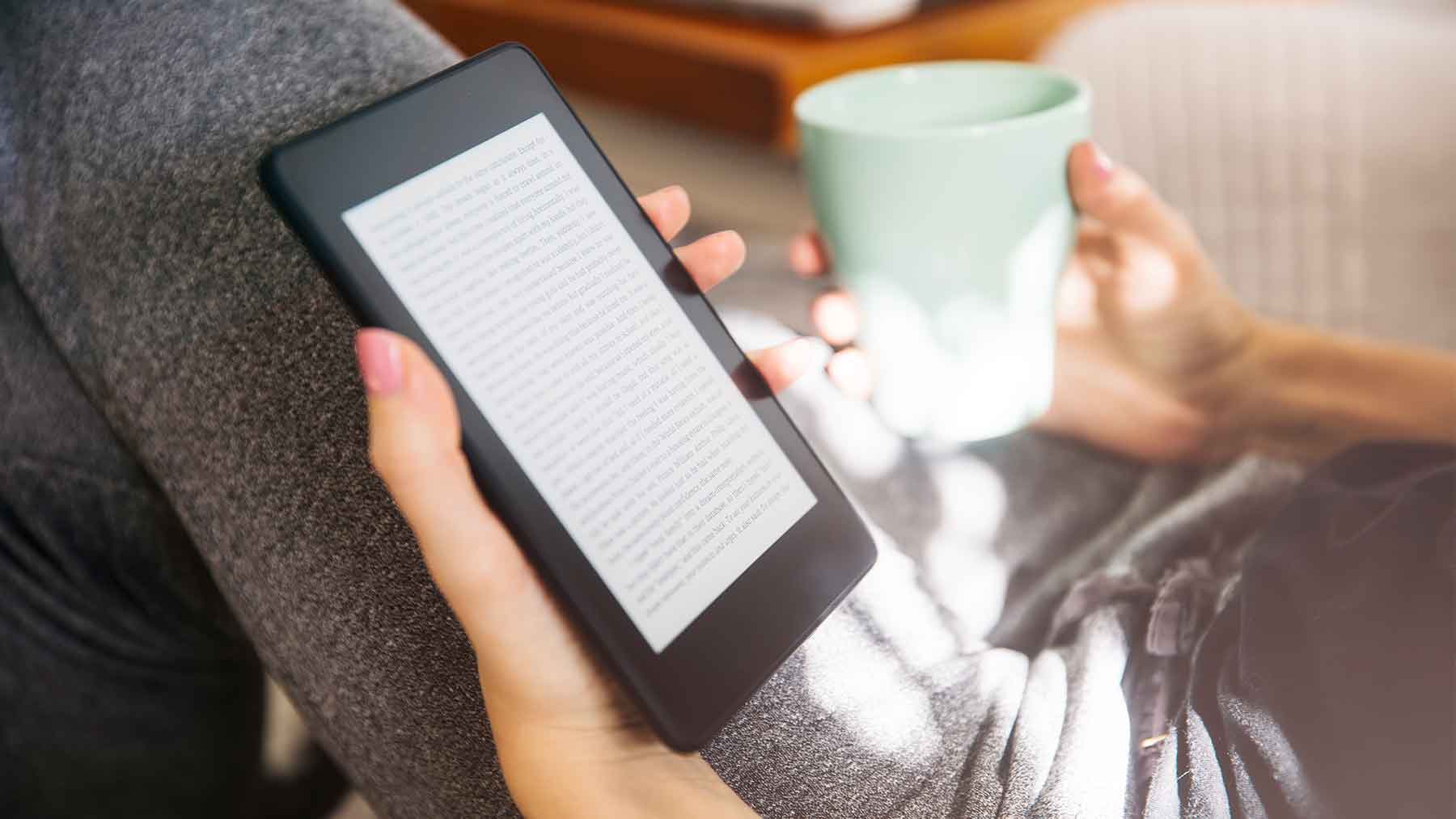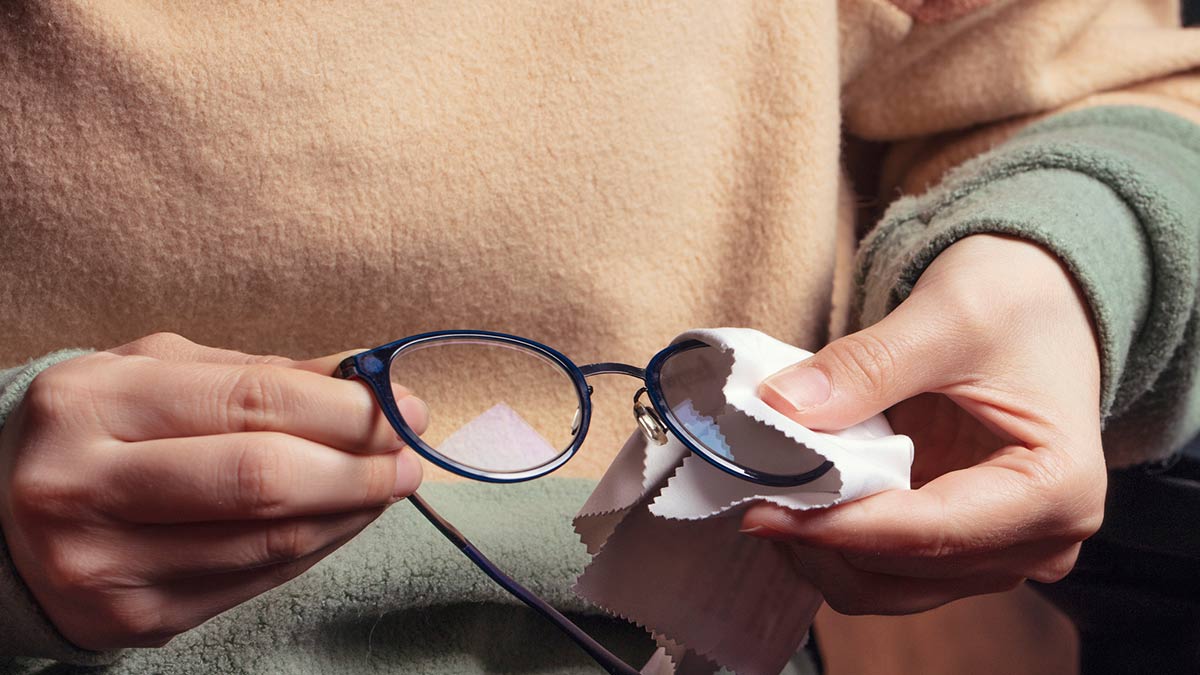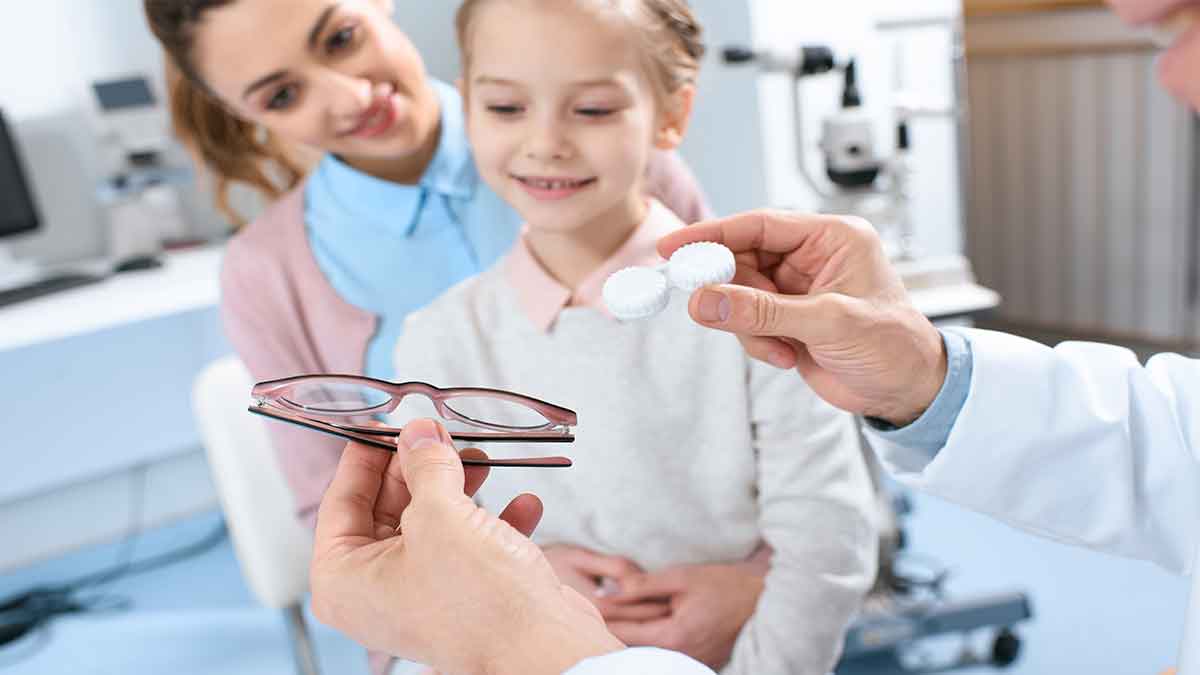

For those of us who love to read, digital devices have opened up a rich new world of literary exploration. But as your mind expands, how are your eyes doing?
They might be struggling.
Here’s why digital content is tougher on your eyes—and what you can do make it easier and keep on reading.
Digital content causes more interference with blink rate and increases dry eye symptoms, leading to more discomfort while reading.
Our blink rate is reduced 30% to 50% when using digital devices, compared to when we’re having a conversation with someone in person. This disrupts the eye surface and the layer of tears covering the eyeball. Without adequate tear film coverage, you may notice blurred vision that varies while blinking, burning, irritation, redness and a sandy or gritty sensation.
In addition, a full blink helps release secretions from eye glands that improve the tear film on the eye surface. When reading on digital devices, we often don’t completely blink, further drying out the surface of the eye.
As we get older, the eye surface does change and symptoms of dryness generally increase.
The ability of a digital device to change font size, background color and contrast of the letters provides an advantage over printed material. Especially with newspapers and books that don’t have black letters on true white backgrounds, the contrast of the font color to the background color can cause difficulty reading. The ability to change font size digitally can also be significantly helpful if you have any visual impairments.
Too much reading doesn’t usually cause long-term damage, but it can be very uncomfortable if the eye surface is excessively dry, you don’t have the correct glasses or contact lens prescription, or you have an eye muscle imbalance making it difficult to read comfortably.
We know symptoms of eyestrain related to reading increase as you continue to read without a break. The 20/20/20 rule allows your eyes to relax and relieve eyestrain. Every 20 minutes, look at something 20 feet away (something on a wall, out a window, etc.) for 20 seconds to relieve any strain on your focusing system.
Audiobooks are an option if eyestrain is greatly limiting the amount of reading you’re able to do comfortably. There is a downside, though—studies show that people with normal vision comprehend more when reading versus audio recordings of the same content. This is also true for visually impaired people, where Braille comprehension is higher when compared to audio content.
Stephanie Pisano is an ophthalmologist at The Ohio State University Wexner Medical Center and an assistant professor in the Ohio State College of Medicine.

While you may prefer to wear contact lenses, there are several reasons why you may want to make a temporary switch to glasses during the COVID-19 threat.

It’s common sense that if you’re going to be out in the cold for a while, you should wear a coat. However, few people think about protecting their eyes in the winter

Just as every child learns to walk and read at a different pace, readiness for contact lens wear doesn’t occur at the same for every person.
Subscribe. Get just the right amount of health and wellness in your inbox.